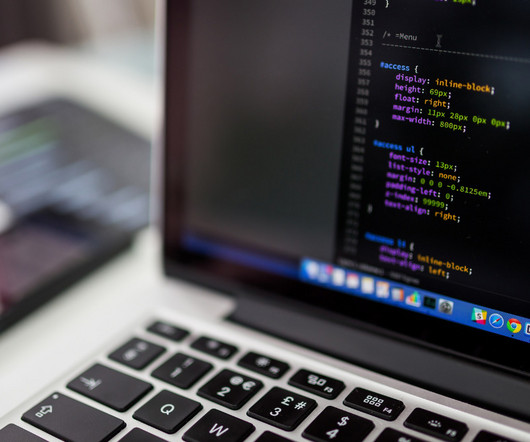Top 8 Machine Learning Algorithms
Data Science Dojo
JULY 15, 2024
Technical Approaches: Several techniques can be used to assess row importance, each with its own advantages and limitations: Leave-One-Out (LOO) Cross-Validation: This method retrains the model leaving out each data point one at a time and observes the change in model performance (e.g., accuracy). shirt, pants). shirt, pants).


















Let's personalize your content